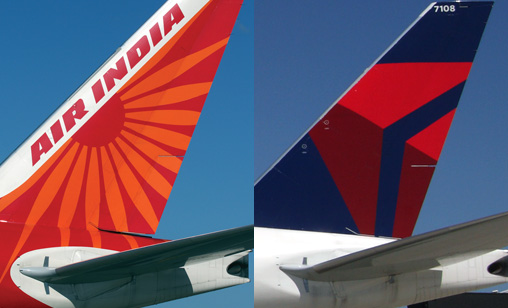Main Story
In a bubble of its own
With the U.S. breathing heavily down its neck, India is under increasing pressure to establish regional and international travel bubbles, reports Anjuli Bhargava.
July 1st 2020
In India’s corridors of power where bureaucratic complexity is an art form, a “file”, typically used to take a final decision on any new policy, can sometimes take a week to journey from one room to the other in the same building on the same floor. Read More » The culprit can just be no “person” is available to do the needful. It’s how slowly things usually move in government.
And it is why, in the normal course of government affairs, introducing a new and alien concept like a “travel bubble” could take a country of India’s bureaucratic obfuscation and size months and even a year to establish.
 |
Firstly, everyone would need to understand the concept, then a junior officer would create a “file” that moves slowly up the power pyramid to the minister in charge who gives it the final nod.
But for a country notorious for its slow decision-making, some situations can speed up “stuff”. One of them is the censure of the American government.
Towards the end of last month, in a letter to the Indian authorities, the U.S. Department of Transportation (DoT) said it understood India’s national carrier, Air India, was carrying commercial passengers back and forth between the two countries in the “garb” of conducting repatriation flights. According to the DoT, there have been passengers with valid travel documents who had entered the U.S. on these flights when the services only were supposed to be transporting returnees or Indian nationals stranded in the U.S. during the pandemic.
American carrier, Delta Air Lines, argues this is eroding their “competitive advantage” and is a denial of the reciprocal flying rights between the two nations. The Atlanta-headquartered airline said India’s evacuation flights had gone beyond “true evacuations” and “Air India may be using its passenger repatriation charters as a way of circumventing the government of India (GOI) prohibition on all scheduled commercial services”.
The accusation did not go down too well here in India. Nonetheless, the ministry of civil aviation subsequently issued a statement that said it was mulling travel bubbles with a few countries.
“As we contemplate further opening up in response to demands, we are looking at the prospect of establishing individual bilateral bubbles, India-U.S., India-France, India-Germany and India-UK. These are all destinations where demand for travel has not diminished. Final decisions pursuant to negotiations are expected to be taken soon”, an official release on the matter said.
A senior ministry of civil aviation (MOCA) official said the matter was under active consideration since the U.S. had made a veiled threat when it said it would only allow Air India repatriation to continue to July 22 if the flight status matter remains unresolved.
Sources said the lack of clarity around the quarantine policies of individual Indian states could cause a problem [in formulating bubbles] because the situation is pretty chaotic with regard to entry rules between states in the country. For example, if a travel bubble is created between New York and Mumbai and the passenger travelling on that sector does not have Mumbai as his or her end destination in India, quarantine laws could be an issue.
“Each state here is flying its own kite on quarantine rules. It is not clear, even for Indian citizens, let alone foreign passport holders,” a senior government official told Orient Aviation on the condition of anonymity.
Before India enters into any bubbles, it must have clarity on the management rules of a passenger entering the country from overseas, he said.
MOROZOV STEPANOVICH says:
July 28th 2020 07:20am